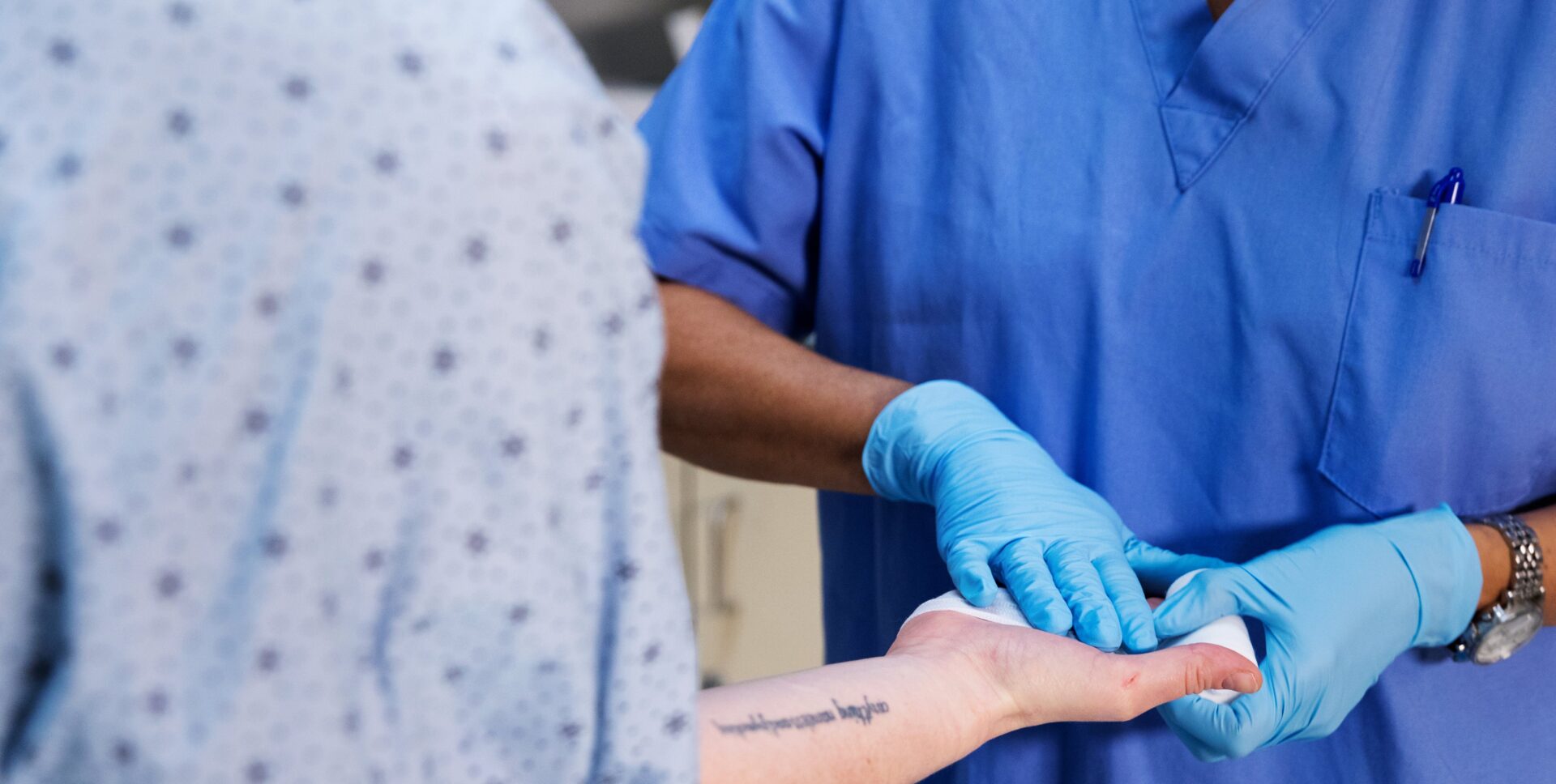In the realm of healthcare, especially in settings like Skilled Nursing Facilities (SNFs) and home care, ensuring the comfort and well-being of bed-bound patients is paramount. Among the numerous challenges faced, one of the most critical yet often overlooked aspects is the prevention of pressure ulcers, also known as bedsores or pressure sores. These painful and potentially life-threatening wounds can develop rapidly in individuals with limited mobility, making regular repositioning and turning a fundamental aspect of care.
Understanding Pressure Ulcers:
Pressure ulcers occur when continuous pressure is applied to an area of the body, typically over bony prominences such as the sacrum, heels, hips, and elbows. Prolonged pressure restricts blood flow to the skin and underlying tissues, leading to tissue damage and eventually ulceration. Factors such as friction, shear forces, moisture, and poor nutrition can exacerbate the risk and severity of these wounds.
The Role of Mobility:
In the prevention of pressure ulcers, mobility plays a pivotal role. For bed-bound patients, immobility creates a significant challenge as prolonged periods of lying or sitting in one position increase the risk of tissue breakdown. Turning and repositioning the patient at regular intervals is a simple yet effective strategy to alleviate pressure on vulnerable areas, promote circulation, and maintain skin integrity.
Benefits of Turning:
- Pressure Redistribution: By altering the points of contact with the support surface, turning helps redistribute pressure across different areas of the body, reducing the intensity and duration of pressure on any single site.
- Improved Circulation: Repositioning encourages blood flow to tissues, delivering vital oxygen and nutrients while facilitating the removal of metabolic waste products. This prevents tissue ischemia and promotes healing.
- Prevention of Shear and Friction: Turning not only relieves pressure but also minimizes shear and friction forces, which can contribute to tissue damage, particularly in frail or sensitive skin.
- Enhanced Comfort and Quality of Life: Regular position changes alleviate discomfort and promote a sense of well-being for patients, enhancing their overall quality of life and reducing the risk of depression or anxiety associated with prolonged immobility.
Implementing Turning Protocols:
To maximize the effectiveness of turning in pressure ulcer prevention, healthcare providers should establish structured protocols tailored to individual patient needs. Factors such as mobility level, skin condition, comorbidities, and risk assessment tools should inform the frequency and method of repositioning.
Effective pressure ulcer prevention requires a multidisciplinary approach involving physicians, nurses, therapists, and caregivers. Education and training are essential to ensure all members of the healthcare team understand the importance of turning and adhere to best practices in patient repositioning.
Conclusion:
In the realm of mobile physician groups serving SNFs and home care patients, the significance of turning bed-bound patients to prevent pressure ulcers cannot be overstated. Beyond the utilization of advanced treatments and interventions, such as skin substitutes, the simple act of repositioning remains a cornerstone of pressure ulcer prevention and holistic patient care. By prioritizing mobility and implementing comprehensive turning protocols, healthcare providers can safeguard the well-being and comfort of their patients, promoting optimal outcomes and enhancing overall quality of life.

